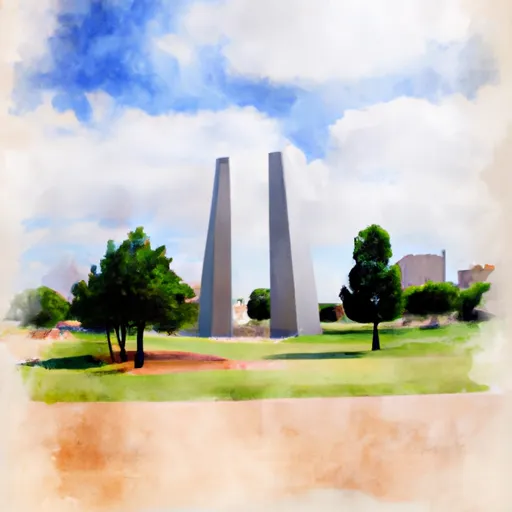Summary
Summers are characterized by high temperatures averaging around 93°F (34°C), while winters are mild with average temperatures of 47°F (8°C). The city receives an average annual rainfall of 36 inches (914 mm) with occasional severe thunderstorms and tornadoes.
Hydrologically, Oklahoma City sits on the southern Great Plains and is part of the Red River drainage basin. The city is supplied with water from local reservoirs and relies heavily on groundwater from the Garber-Wellington aquifer.
Outdoor enthusiasts can enjoy numerous recreational activities near Oklahoma City. The city offers over 100 miles of biking and walking trails, and nearby Lake Hefner and Lake Stanley Draper provide opportunities for boating, fishing, and hiking. The city also boasts several parks, golf courses, and botanical gardens for visitors to explore and enjoy nature.
Weather Forecast
Oklahoma-City receives approximately 914mm of rain per year, with humidity levels near 80% and air temperatures averaging around 16°C. Oklahoma-City has a plant hardyness factor of 7, meaning plants and agriculture in this region tend to thrive during the non-winter months.

 Hightower Park
Hightower Park
 Oklahoma City National Memorial
Oklahoma City National Memorial
 Myriad Botanical Gardens
Myriad Botanical Gardens
 Stiles Park
Stiles Park
 Ham Park
Ham Park